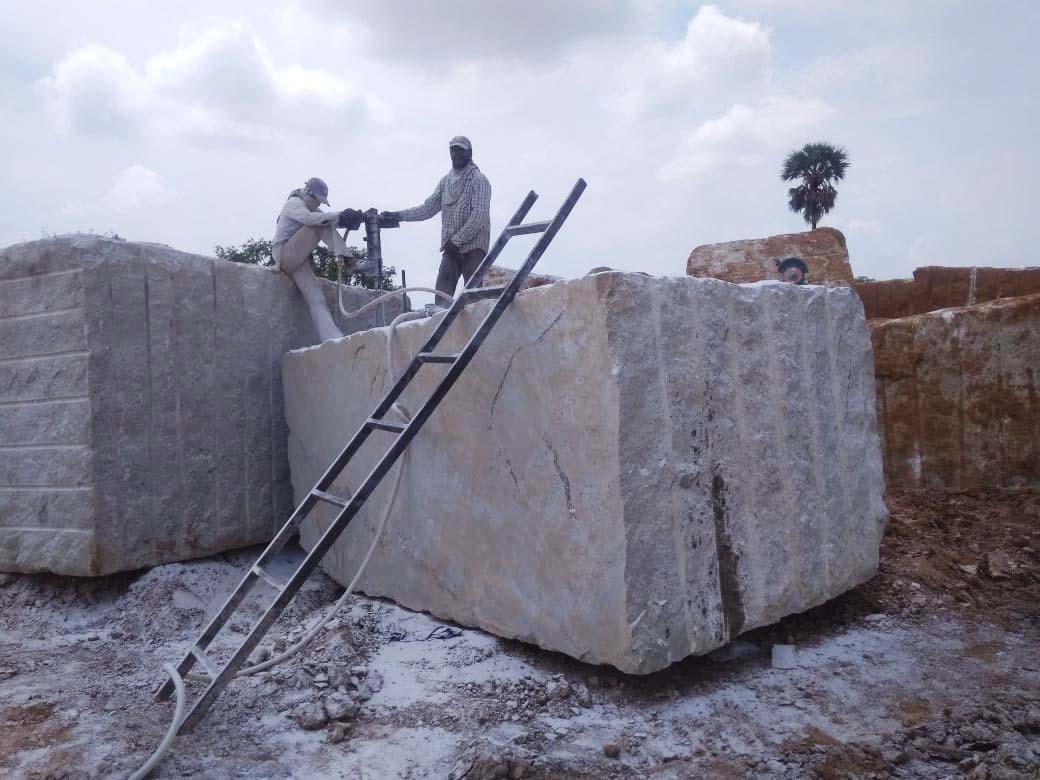Opening Natural Prizes: Granite Quarries in South Africa Revealed
Opening Natural Prizes: Granite Quarries in South Africa Revealed
Blog Article
Unearthing the Rich History and Lasting Practices of Granite Quarrying
As we base on the precipice of uncovering the complex tapestry of granite quarrying, a journey with time discloses not just the physical act of drawing out rock however additionally the cultural and historic significance woven into the really fabric of this method. From the old origins that laid the foundation for modern-day quarrying techniques to the sustainable techniques that are shaping the future of this market, each carve mark on granite surface areas tells a tale waiting to be unearthed (granite quarries in south africa). The legacy of granite quarrying stretches far past simple removal; it is a testimony to human ingenuity, resilience, and the long-lasting allure of this magnificent rock
Old Origins of Granite Quarrying
Dating back to old civilizations, the practice of quarrying granite has actually been an integral part of human background and architectural development. The earliest evidence of granite quarrying go back to old Egypt, where massive pyramids and elaborate sculptures were crafted from this long lasting stone. The Egyptians utilized primitive devices to remove granite blocks from quarries, showcasing the importance of this material in their monumental buildings.
Progressing in background, the Greeks likewise made substantial payments to the quarrying of granite. The Greeks utilized granite in different building marvels, such as temples and sculptures, demonstrating their skill in shaping and carving this sturdy stone. The Romans even more fine-tuned the methods of quarrying granite, using innovative tools like blades and hammers to extract and form granite for their legendary structures.
Via the centuries, the method of quarrying granite has advanced, with modern technologies boosting performance while keeping the classic allure of this natural stone - granite quarries in south africa. From old civilizations to contemporary contractors, the legacy of granite quarrying remains to form our world
Advancement of Quarrying Techniques
The advancement of quarrying strategies has been marked by a constant progression towards higher effectiveness and accuracy in removing granite. From the rudimentary approaches utilized by our forefathers to the sophisticated innovations used in modern-day quarrying operations, the sector has actually undergone substantial improvements. Early quarrying methods involved hands-on labor with standard devices such as chisels, hammers, and wedges to extract granite blocks from the earth. As human beings advanced, techniques like fire-setting and primitive nitroglycerins were introduced to promote the extraction procedure.
In even more current times, the introduction of equipment changed the quarrying industry, enabling quicker extraction prices and raised performance. Technologies such as ruby cable saws, high-pressure water jets, and pneumatic drills have actually ended up being conventional in modern quarries, permitting for exact cutting and reduced waste. In addition, developments in computer-controlled tools and 3D modeling have enhanced quarrying operations, resulting in minimal ecological impact and enhanced sustainability techniques. As the demand for granite proceeds to increase, the evolution of quarrying strategies remains important to meeting industry needs efficiently and sustainably.
Cultural Significance of Granite
Granite holds a profound cultural value throughout numerous people as a result of its long-lasting existence in architectural masterpieces and respected monuments. From the magnificent pyramids of Egypt to the elaborate carvings of the Angkor Wat temple in Cambodia, granite has actually been a material of choice for sharing majesty and durability in cultural heritage. In old Rome, granite columns YOURURL.com embellished holy places and public buildings, symbolizing strength and durability. The social importance of granite expands past its physical attributes; it embodies resilience, stability, and timelessness, making it a symbol of withstanding traditions and customs.

Sustainable Practices in Quarrying
Amidst the rich background of granite quarrying and its social relevance lies an expanding focus on lasting techniques within the market. As ecological understanding and worries concerning source deficiency have actually increased internationally, the quarrying market has progressively accepted lasting techniques to reduce its influence on the environment and surrounding areas.

In addition, recovery and recovery of quarry sites post-extraction are essential to lasting methods. By bring back special info quarried areas to a natural or useful state, such as developing wild animals environments or entertainment areas, quarriers can balance out the ecological impact of their operations and contribute positively to the local environment.
Heritage of Granite Quarrying
With a historic background soaked in workmanship and commercial progression, what sustaining influence has granite quarrying left on the landscape of contemporary society? The tradition of granite quarrying goes beyond mere extraction practices; it has shaped building marvels, city landscapes, and social heritage worldwide. The resilient nature of granite has made it a recommended selection for monuments, buildings, and framework, standing as a testimony to the skill and virtuosity of quarry employees across generations.
Furthermore, the financial impact of granite quarrying can not be neglected. The industry continues to give job opportunity and drive neighborhood economic climates in areas where granite extraction prevails. see this page It has additionally spurred technical developments in quarrying techniques and equipment, leading to much more efficient and sustainable practices.
In terms of sustainability, the legacy of granite quarrying consists of efforts to alleviate environmental influences with reclamation jobs and accountable source management. By stabilizing financial interests with environmental stewardship, the sector strives to make sure that future generations can continue to gain from this long-lasting all-natural resource.
Verdict

Report this page